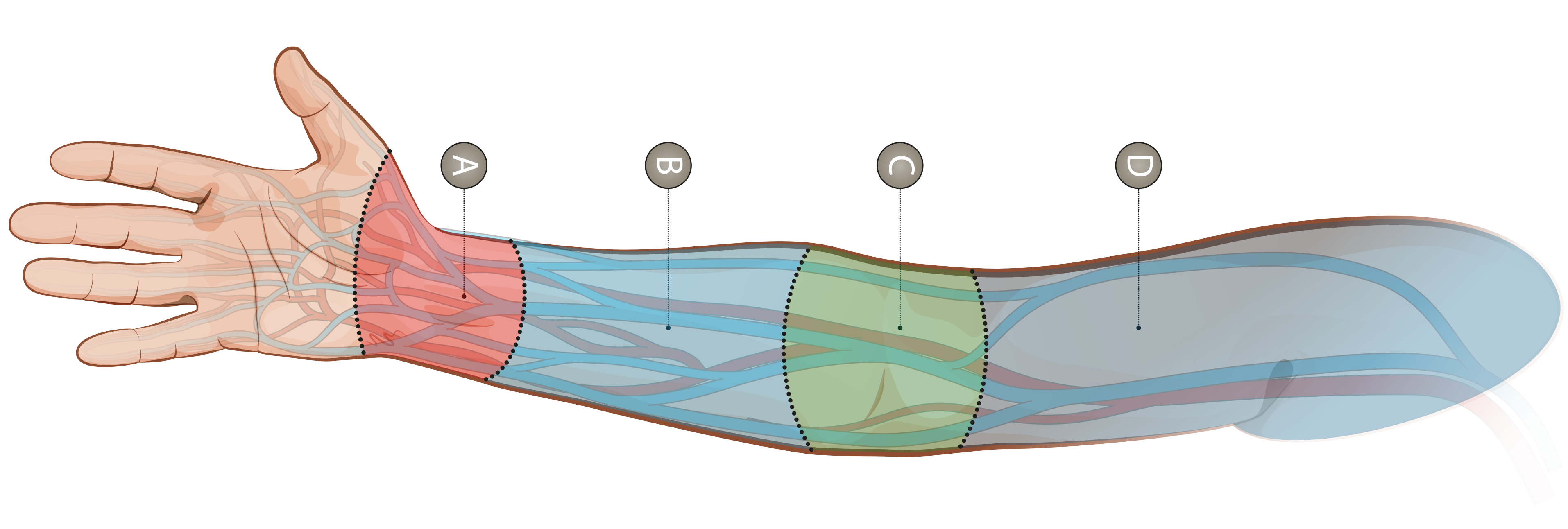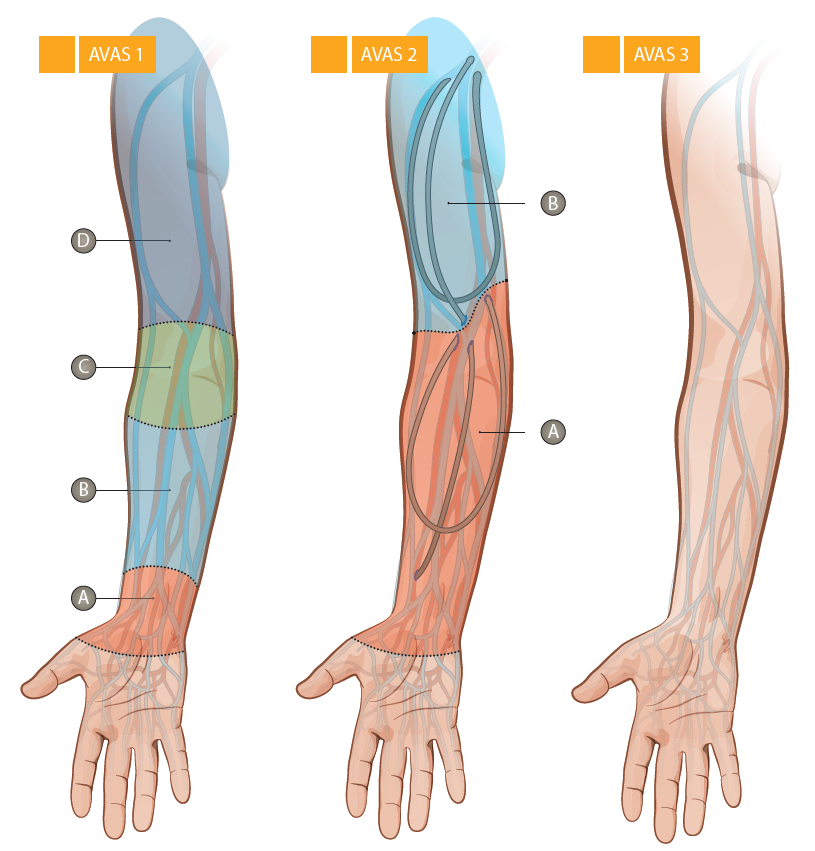VAVASC study
Prospective validation of AVAS classification system in clinical practice
Background
Ultrasound of upper limb vessels as a part of preoperative assessment of patients referred for arteriovenous access placement has been recommended repeatedly in several studies and guidelines. Each patient needing arterio-venous access (AVA) is unique and has different possibilities for fistula creation that depend on many factors as well the anatomical condition of inflow arteries and outflow veins, the so-called ‘arteriovenous access map’.
In 2020 we created, published and retrospectively evaluated the inter-rater reliability of the AVAS classification, which is a simplified way of sharing the information about suitability for access creation depending on vascular anatomy (doi: 10.1093/ckj/sfaa189).
However, before routine use of the AVAS classification system in clinical practice it requires prospective validation and comparison with other clinical factors.
Finally, it remains to be tested whether the AVAS classification can be used for the prediction of vascular access function; as defined by uninterrupted use of vascular access for dialysis without need for any access intervention/procedures (SONG-HD, doi: 10.1053/j.ajkd.2017.12.003).
This project has two main parts:
1. Validation of AVAS classification with and without combination with other factors using a predictive statistical model.
2. Validation of AVAS classification in terms of prediction of uninterrupted use of successfully created vascular access for dialysis.
AVAS classification
